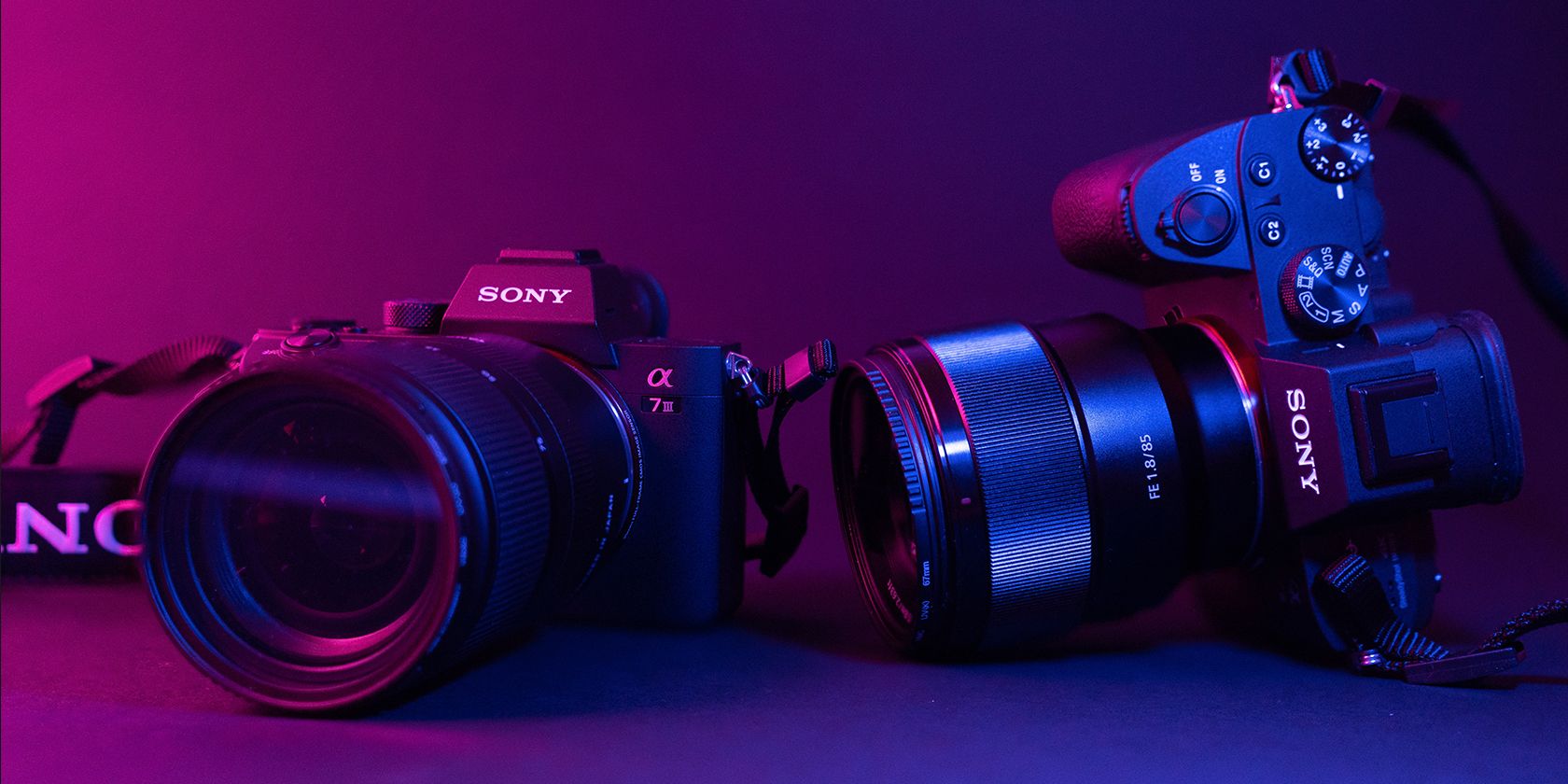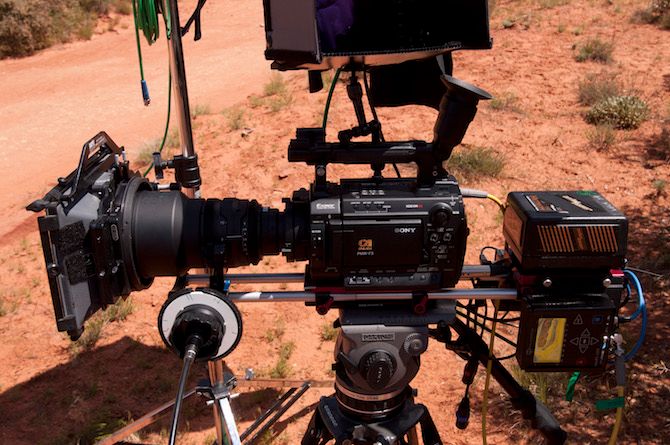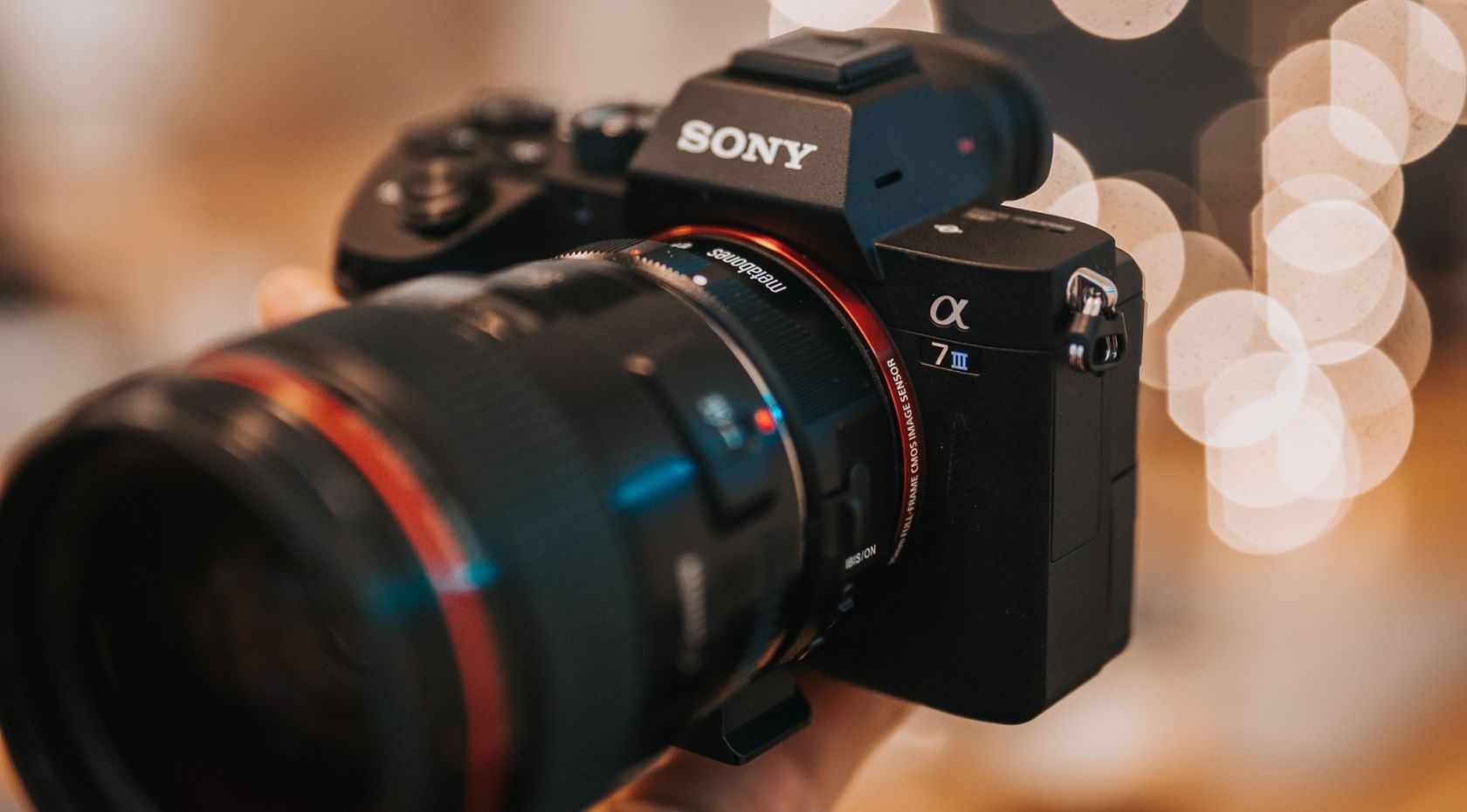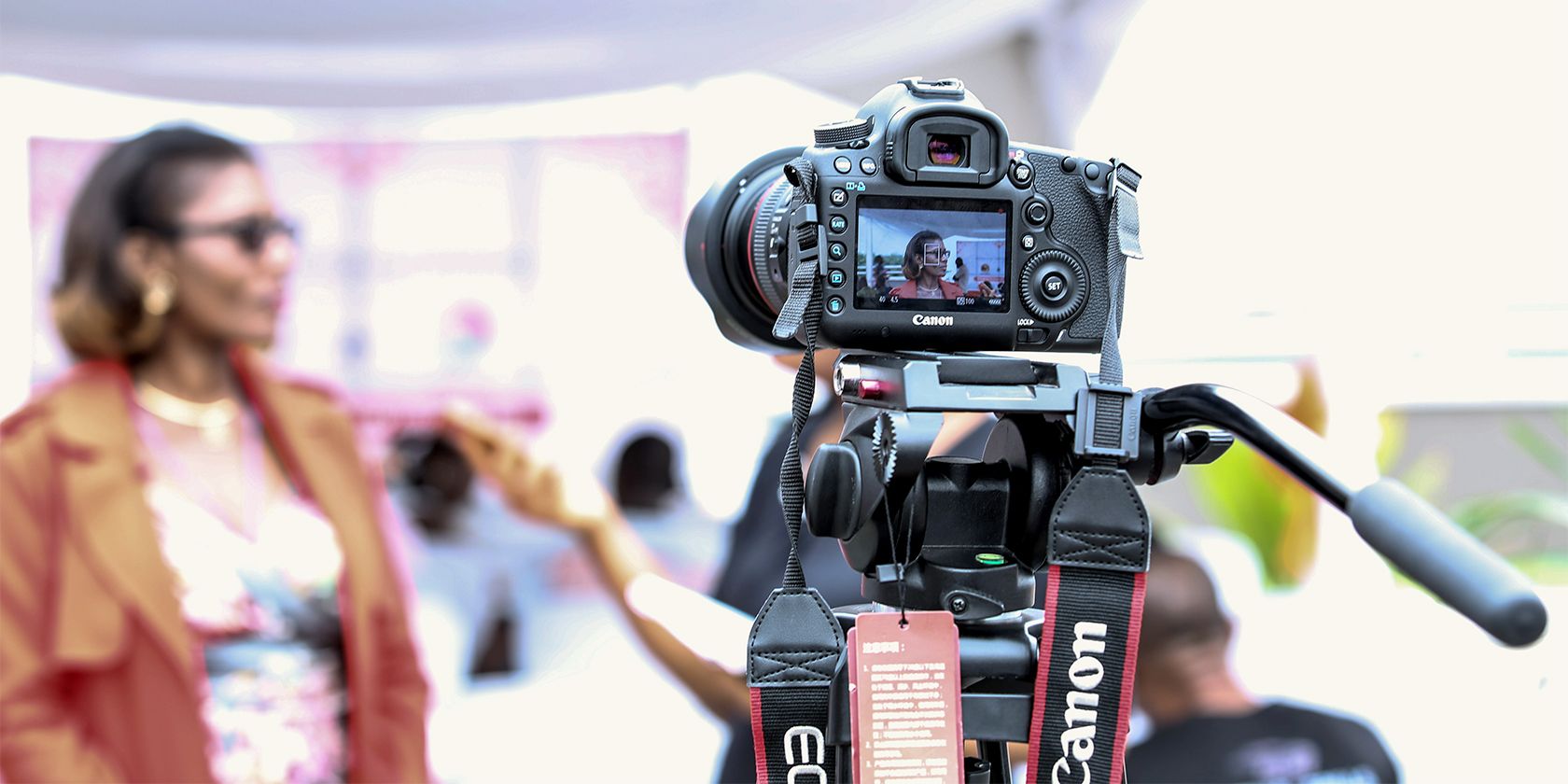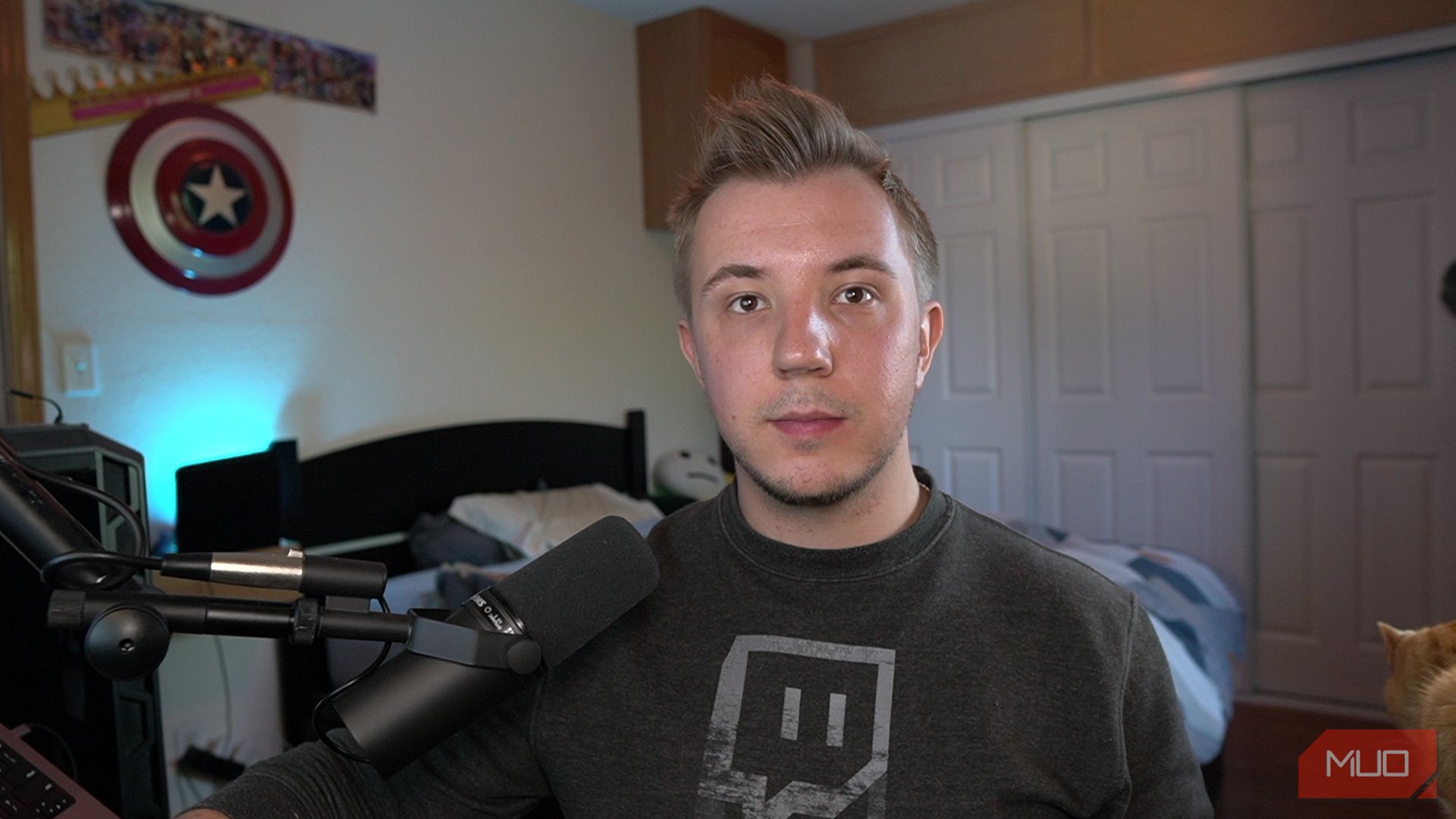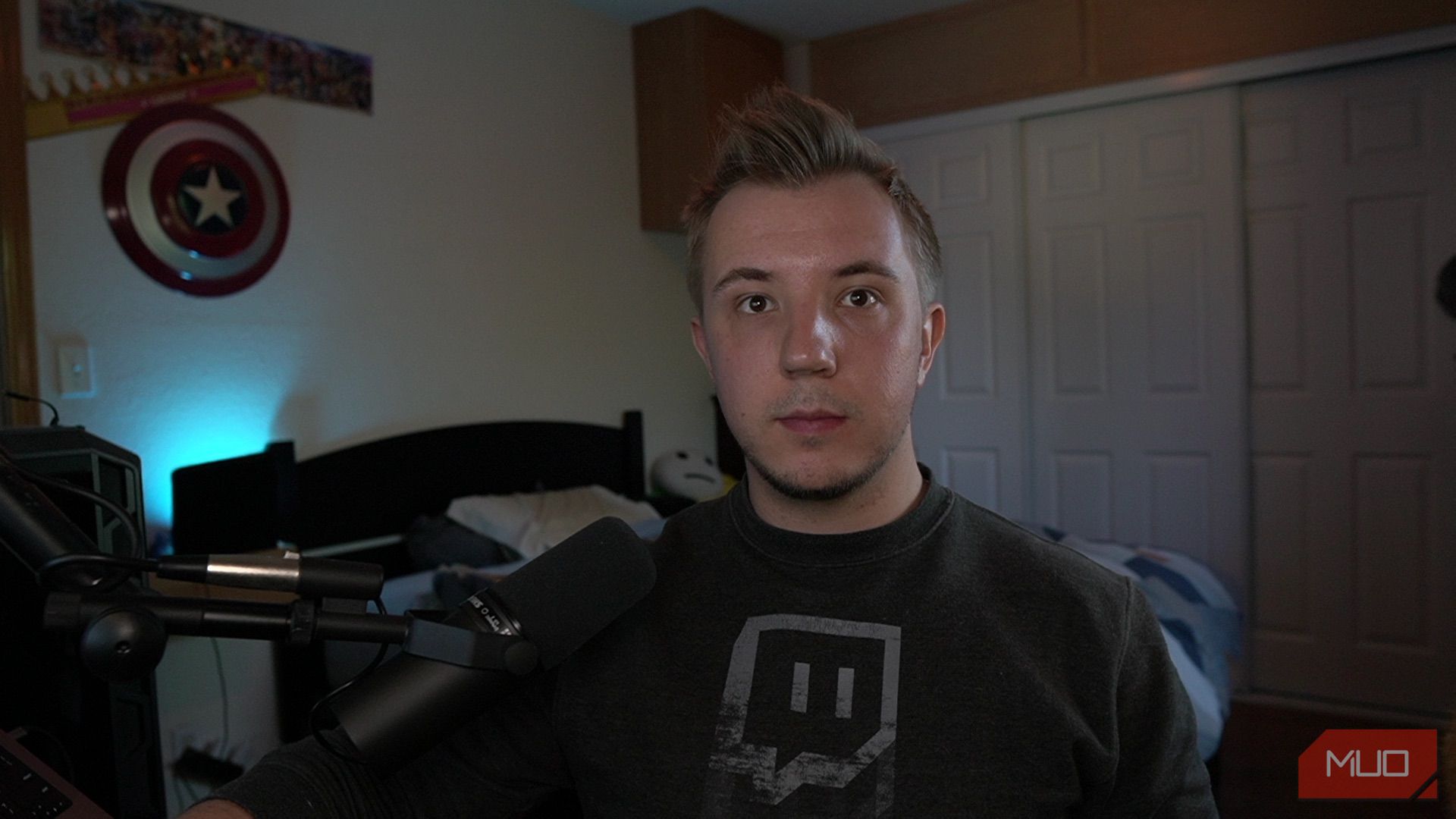When developing your camera skills, you may wonder if the frame rate you’re using is the best one for your project. Today, we’ll discuss the pros and cons of the three most common video frame rates to help determine which is right for your project.
24FPS: Cinematic but the Minimum
For most of film history, 24FPS has been the standard. It may not be the standard for online videos or some TV, but it remains the frame rate of most film. That said, 24FPS is the bare minimum frame rate for the human eye to be able to perceive smooth motion from a series of still images.
The Pros of Shooting at 24FPS
First, 24FPS has the most cinematic feel. This is mainly because movies are generally shot at 24FPS, so that’s what we associate the frame rate with. In addition, fewer frames in your video can lead to smaller files in your file storage and editing workflow.
However, these file size gains often are lost because 24FPS also allows for improved recording capabilities on some cameras. For example, Sony cameras like the a6100 and a7III have a crop factor when recording at 4K30, but that crop is not present at 4K24.
The Cons of Shooting at 24FPS
24FPS simply limits your options because you have the bare minimum frames to work with. You can’t do slow motion (i.e. 50%), and any slow motion would look choppy—slowing down 24FPS by 50% is 12FPS!
Moreover, most digital media is at 30 or 60FPS, and 24FPS wouldn’t fit properly. A 24FPS clip in a video otherwise at 30FPS wouldn’t match the frame rate and thus appear choppy, even if it would be smooth otherwise. This is also why 24FPS videos can appear choppy on some older TVs or monitors, as 24FPS might not evenly fit into the TV's refresh rate, which is different than frame rate.
Last, 24FPS is prone to motion blur. While motion blur can be a good thing and is one reason 24FPS feels more cinematic, it can be a limitation when you need a crisper image or smoother motion.
When to Shoot at 24FPS
Because 24FPS has the most association with cinema, take advantage of that! Shoot in 24FPS if you want to add a more cinematic feel to your videos. That said, make sure you understand the limitations of 24FPS, as you have no extra frames to work with and will likely see more motion blur.
30FPS: The Digital Standard
Most digital cameras have transitioned to shooting at 30 frames per second. It’s only 25% more frames than 24FPS, but it still has its own identity.
The Pros of Shooting at 30FPS
Because 30FPS is a relatively marginal difference from 24FPS, it has similar perks, like smaller files and fewer camera limitations. That said, because of the six additional frames per second, 30FPS is less prone to excess motion blur, and it works better with most digital media.
If you’re a live streamer gaming at 60FPS, you’d want your webcam to be at 30 or 60FPS, not 24.
The Cons of Shooting at 30FPS
Some cameras have limitations with 30FPS, such as the 4K crop on some Sony cameras which isn’t present at 24FPS. It’s also a bit of an awkward middle ground—30FPS is neither as cinematic as nor significantly smoother than 24FPS. Some may find it the worst of both worlds when it’s not particularly smooth and less cinematic.
When to Shoot at 30FPS
This frame rate is the standard for most people. As such, you can frankly consider it your default frame rate unless you have specific needs for 24 or 60FPS.
60FPS: Silky Smooth
Many consider 60FPS to be the golden standard for video. It’s visibly smoother than 30FPS thanks to having double the frames. Also, note the same discussion around 60FPS as it relates to 30FPS can be used to compare 48FPS to 24FPS, though 48FPS is a much less common standard.
The Pros of Shooting at 60FPS or Higher
First, 60FPS can allow for smooth, lifelike video. Our eyes do not see in frames, so it stands to reason that the smoother the frame rate, the more lifelike a video appears. It captures more movement and can add a sense of dynamism when you can see motion with little to no blur.
Moreover, 60FPS provides the most flexibility. Even if you’re shooting your video files at 60FPS, you can use them in a 30FPS project while having twice as many frames to choose from. This also allows for smooth slow motion; a 60FPS video slowed down by 50% will still be 30FPS, which is still perfectly smooth.
The Cons of Shooting at 60FPS
Ironically, smooth video can look cheap. As TV transitioned to digital, many soap operas with relatively poor production quality shot their episodes at 60FPS using digital cameras. This camera technology may have been revolutionary at the time, but the poor lighting and other production issues on set trained many viewers to see a smoother frame rate as lower quality.
Additionally, 60FPS requires more light or exposure compensation (via ISO or aperture). The ideal shutter speed setting for video should (at minimum) be close to double your FPS to avoid excess motion blur.
60FPS means a 1/125 minimum shutter speed compared to 1/50 at 24FPS and 1/60 at 30FPS. This means you either need more light or ISO compensation, and higher ISO means grainier video.
Here is a screenshot from a video at 30FPS with a 1/60 shutter speed:
Here is a screenshot with the same aperture and ISO, but the video is 60FPS with a 1/125 shutter speed. Note how much darker it is:
Though 1080p60 is the standard for even cheap digital cameras now, cameras that support 4K60 can be incredibly expensive. Most interchangeable lens cameras supporting 4K60 are well over $2000, whereas cameras supporting 4K30 can be less than half that price. If the cost isn’t enough, many cameras that support 4K60 do so with limitations, such as the cropping seen with the Sony a7IV.
On top of that, doubling your frames also leads to larger files. When your video files are larger, they take up more space and require more computing power to edit. This in turn may require you to use a more powerful computer for editing your videos, which is yet another expense.
When to Shoot at 60FPS
Shooting at 60FPS has clear benefits, but it simply isn’t necessary for most projects. More frames can be better, but it comes at a cost, both financial and other drawbacks. This frame rate is ideal for the following:
- Shooting athletic events or wildlife where every frame matters, even if you plan to export at 30FPS.
- Planning to use slow motion in your project—you can’t use slow motion if you don’t have the extra frames to slow down.
- Matching frame rates when using your DSLR as a webcam while live-streaming, though 30FPS on your camera works here too.
Choose the Right Frame Rate for Your Needs
Each frame rate has its strengths, and it’s up to you to decide which is best for your video project needs. Whether you’re shooting at a cinematic 24FPS, a balanced 30FPS, or a smooth 60FPS, determine your creative needs and record accordingly.

